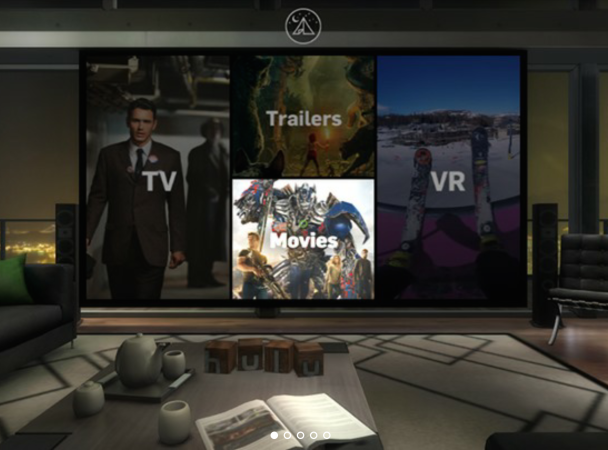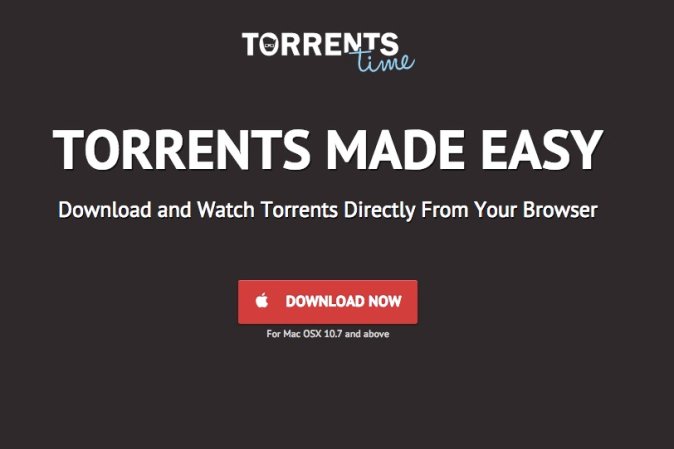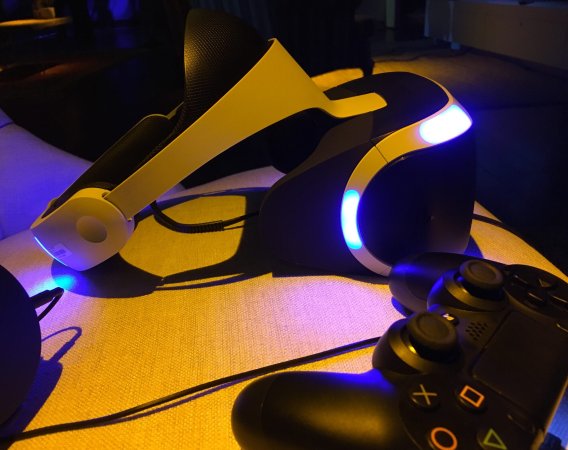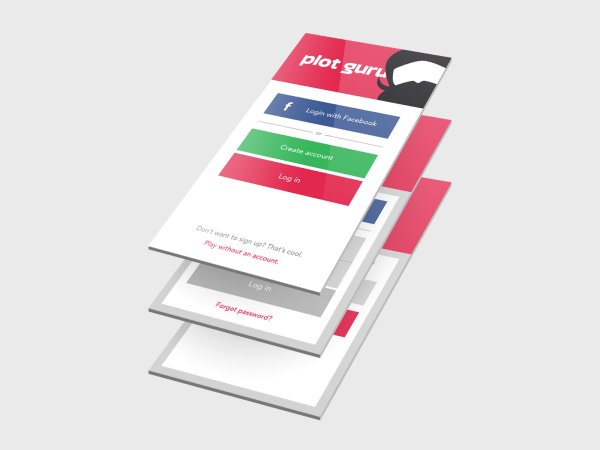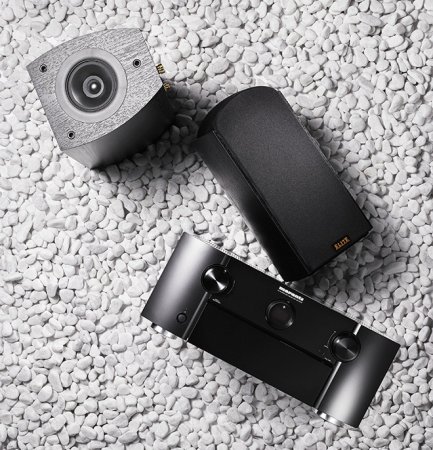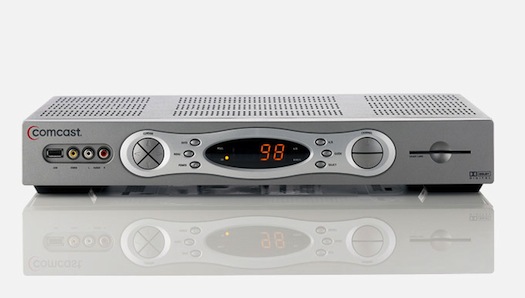

As of today an update to the Netflix app on iOS and Android allows subscribers to download movies and shows, so they won’t be bereft of Stranger Things when they leave the comfort of their home Wi-Fi networks.
Netflix isn’t the first streaming service to allow for downloadable content (Amazon Instant Video rolled out offline viewing to Prime subscribers last September), and they certainly won’t be the last.
For the time being, only a select number of titles are available. Most Netflix Originals, including The Crown and Narcos, are available, as are many titles for which Netflix owns licenses.
Though incomplete, the selection will probably outstrip what’s available on even the best airline in-flight entertainment offerings; it features cinematic crowd-pleasers like Jaws and Amelie as well as mainstay TV series like Breaking Bad and Parks & Recreation.
And, predictably, Netflix says more titles are “on the way.”
Subscribers can find downloadable content one of two ways. The app menu features an “Available for Download” sorting option, or by stumbling on a download icon (a downward-facing arrow) in a movie or show’s details page.
Viewers also have control over how and when downloads can occur. By default, they’ll only happen over Wi-Fi, but you can opt to switch to cellular data (only do this if you’re really desperate; it’ll eat through your data in a heartbeat).
You can also choose between what Netflix is calling “standard” and “higher” quality videos, but the company doesn’t specify what either means in terms of actual video specs. What we do know is that “standard” eats up less storage and downloads more quickly, and the opposite is true for “higher” quality. Access these settings by scrolling all the way to bottom of the app’s pull-down menu and tapping “App Settings.”
The addition of offline viewing is a bit of a reversal for Netflix. Two years ago, the company’s director of corporate communications and technology, Cliff Edwards, told TechRadar offline viewing was “never going to happen.” But competitors rolling out the feature, in addition to third-party workarounds, may have pushed its back against the wall.
In addition to Amazon Instant Video, PlayOn Cloud allows DVR-like recording of streaming video services, including Netflix, Hulu, and HBOGo through its iOS app. And TiVo users (yes, those still exist) can transfer recordings to their mobile devices through the TiVo app to watch on the go.
The push for offline viewing capability comes at an interesting moment for mobile Wi-Fi. As cellular carriers ready for the eventual switch to 5G towers, demand for connectivity is forcing more providers to explore Wi-Fi-based options.
Google’s experimental Project Fi network, for one, relies heavily on a vast network of trusted hotspots. Meanwhile, commuter networks—be they underground or in the air—continue to promise faster, more-reliable speeds. GoGo, the provider who owns the majority of in-flight Wi-Fi, recently announced upgrades to its network to help speed downloads and uploads.
Still, the more users start downloading episodes of Breaking Bad with reckless abandon on these public-access hotspots, the harder it will become to grab what you want when you want it. That’s why some mainstay streaming services, specifically Hulu, will stay online-only for now.
From a functionality point-of view, the end-game for offline viewing is all about persevering mobile bandwidth. The more crowded networks get, the more painfully sluggish streaming and downloading become—that is, if they don’t grind to a complete halt. The ability to download a movie or TV show over Wi-Fi before leaving home, Hulu’s head of experience Ben Smith told CIO insider, is the key to avoiding bandwidth bog-down. “I actually think offline is more interesting in relation to bandwidth, and how people consume bandwidth,” he said.
